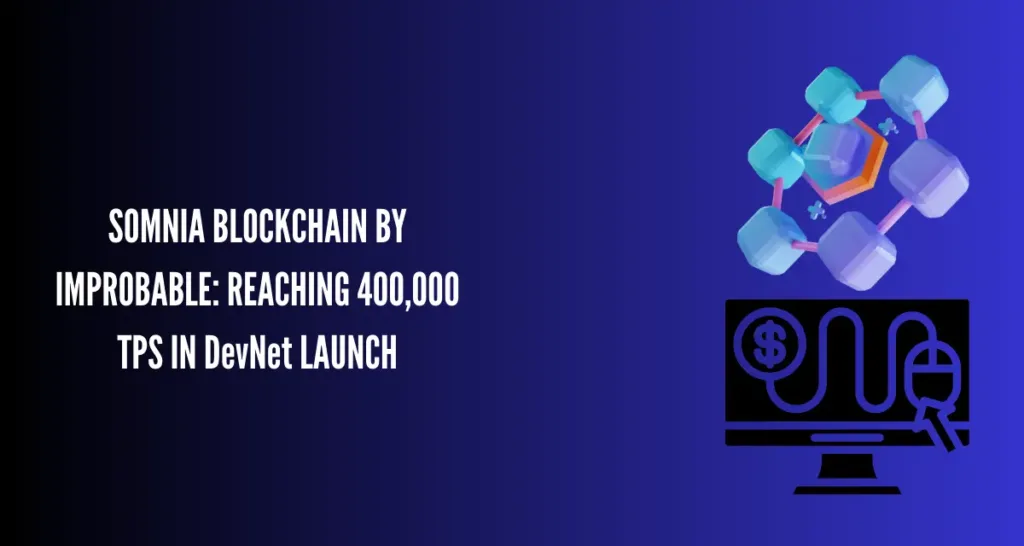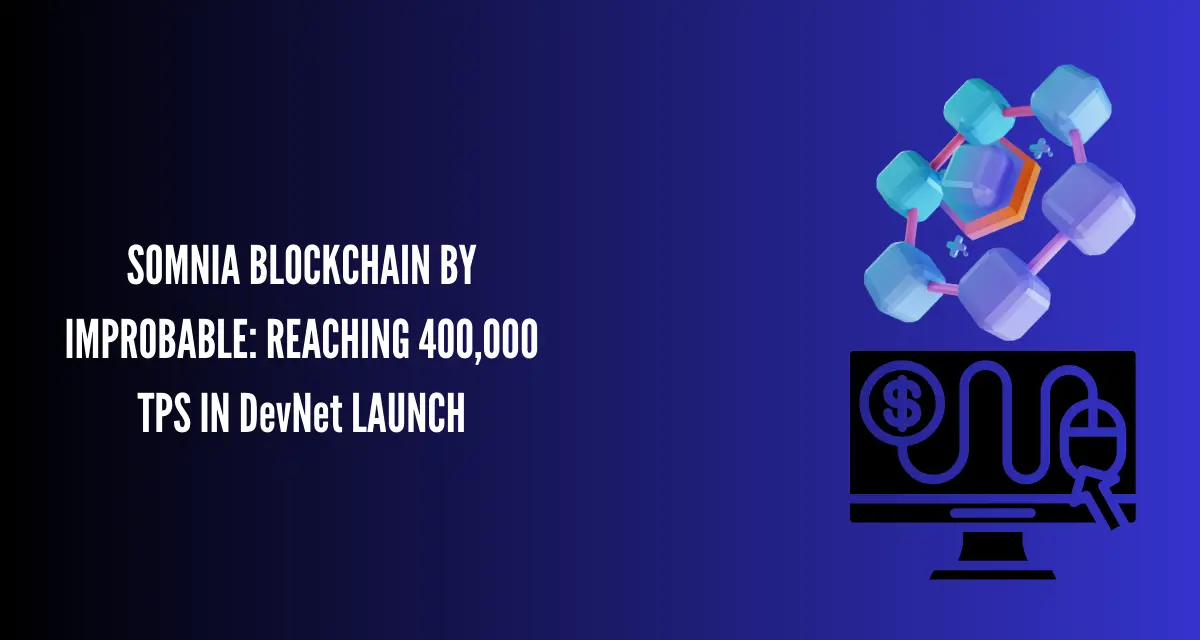Improbable reports that its blockchain will handle over 400,000 transactions per second.
The Somnia blockchain is set to launch its DevNet phase in the next few weeks.
Improbable, the UK-based metaverse tech company developing Yuga Labs’ Otherside platform, announced that the Somnia blockchain will soon enter its DevNet phase. This launch marks a key step forward for Somnia’s blockchain development.
The blockchain will process over 400,000 transactions per second (TPS) with sub-second latency and low fees, as well as being Ethereum Virtual Machine (EVM) compatible, according to Improbable.
“The blockchain [will] enable very, very high transaction throughput and the ability to put more things on-chain,” Improbable co-founder and CEO Herman Narula told CoinDesk.
“Over the last 10 years, no one has managed to build a high-performance blockchain. I think the incentives in the space have really skewed people towards short term wins, pumping tokens [and] not actually solving real problems,”He quoted that average transaction volumes on some blockchains are currently only in the single digits.
The project, led by the Virtual Society Foundation and initiated with Improbable’s support in March, is funded by Improbable’s M2 network, which is supported by investors like a16z and SoftBank.
He stated that his team has spent the past two years developing technology capable of handling hundreds of thousands of transactions per second, a crucial advancement for creating practical applications.
In a tweet thread earlier this year, Narula emphasized that the industry requires an improved layer one blockchain to develop metaverses that can scale for consumer use.
He compared the current challenges to a restaurant, illustrating the limitations in serving high demand efficiently.He used the analogy of a restaurant to explain the current challenges. “Parallel execution means more waiters so more tables can be served, that’s fine unless everyone’s orders start referring to everyone else’s orders… then things go horribly wrong. This needs a very different solution, one that is surprisingly similar to what we needed to do to handle billions of movement updates when a crowd exists in a single spot.”
He explained the plan with a metaphor, saying instead of adding more “waiters,” they aim to supercharge a single waiter to operate faster, concluding humorously with, “Somnia: Let’s give the EVM crack.”
Author

Richard Thompson, our visionary CEO, leads with a passion for innovation and a commitment to driving results. With a wealth of experience in navigating the ever-evolving landscape of digital marketing, Richard inspires the team to deliver exceptional solutions that propel businesses to new heights. His strategic mindset and dedication to client success make him the driving force behind our mission to redefine digital excellence.
View all posts







